How Mouse Works: Who Invented It And How Do Different Types Work?
Dhir Acharya - Mar 19, 2021
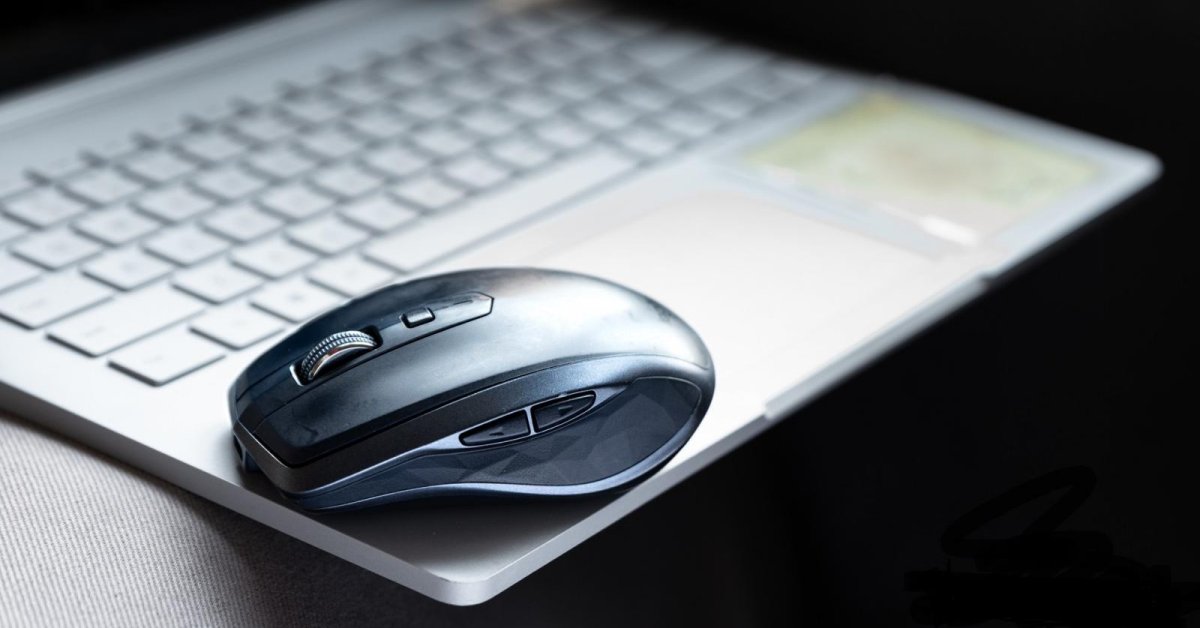
How mouse works: This post helps you understand how the computer mouse was invented and the difference in the operation of different types of mice.
Though laptops have replaced the physical mouse with the trackpad for years, many people prefer to use the mouse. The reason is that the mouse feels better in the hand and it allows for more precise moves, especially when you edit photos and videos. Especially, all gamers use the physical mouse instead of the trackpad. Therefore, despite the popularity of laptops, the physical mouse is still widely used these days. Simply speaking, the mouse is a device that you push to move the cursor on the desktop, but do you know how mouse works?

Who invented mouse?
In 1946, Ralph Benjamin, who was working at the British Royal Navy Scientific Service, invented a related pointing device called the trackball as part of a fire-control radar plotting system named Comprehensive Display System. His project relied on analog computers to calculate the target aircraft’s future position using multiple initial input points given by a user with a joystick. At the time, he felt that there should be a more elegant input device, resulting in the invention of the rollerball.
In 1947, he patented the device but only built a prototype consisting of a metal ball that rolled on a pair of rubber-coated wheels.
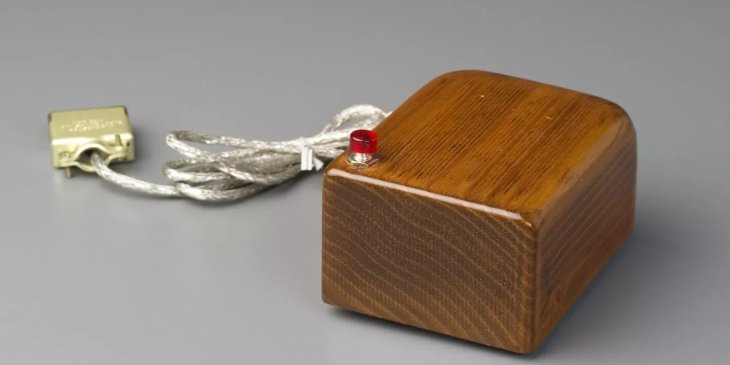
Another inventor of the trackball was British electrical engineer Kenyon Taylor, who collaborated with Fred Longstaff and Tom Cranston. He was a part of the Ferranti Canada, which developed the Digital Automated Tracking and Resolving system for the Royal Canadian Navy in 1952.
This system had a similar concept with that of Benjamin’s display. His trackball used 4 disks to detect motion, two for X and two for Y directions. Multiple rollers provided mechanical support. When a user rolled the ball, the disks spun while contacts on their outer rim generated periodic contact with wires, which produced pulses of output with each of the ball’s movements. The ball’s physical movement could be determined by counting pulses. The tracks were calculated by a digital computer and the resulting data was sent to other ships in a task force in the form of pulse-code modulation radio signals.
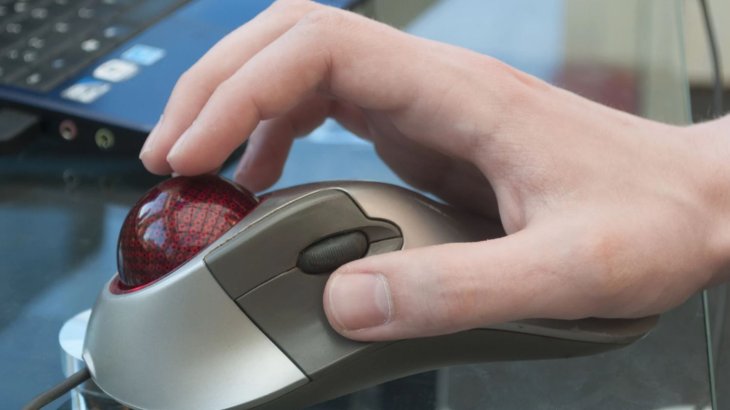
Meanwhile, Douglas Engelbart from the Stanford Research Institute has been credited as the inventor of the mouse. By 1963, he had established a research lab where he pursued the goal of creating both software and hardware computer tech to augment human intelligence.
In 1964, Engelbart, with the assistance of Bill English, built the first prototype of the mouse. Early models featured a cord attached to its front part like a tail, making it look like a real mouse. In 1968, Engelbart demonstrated the mouse publicly.
In 1968, a device called Rollkugel came out but it was different from Engelbart’s mouse as it already had a ball. The device was developed by a team at Telefunken Konstanz for Germany’s Federal Air Traffic Control.
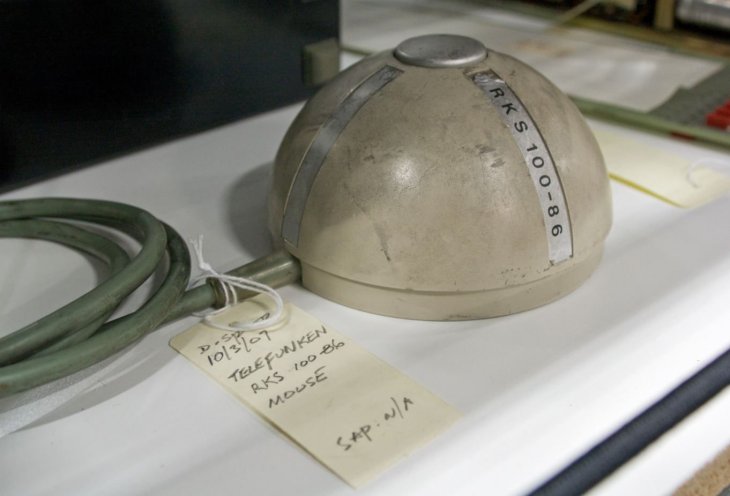
Then, 1973 was when the first modern computer mouse was born, called the Xerox Alto. By 1982, the Xeros 8010 became the most famous computer with a mouse.
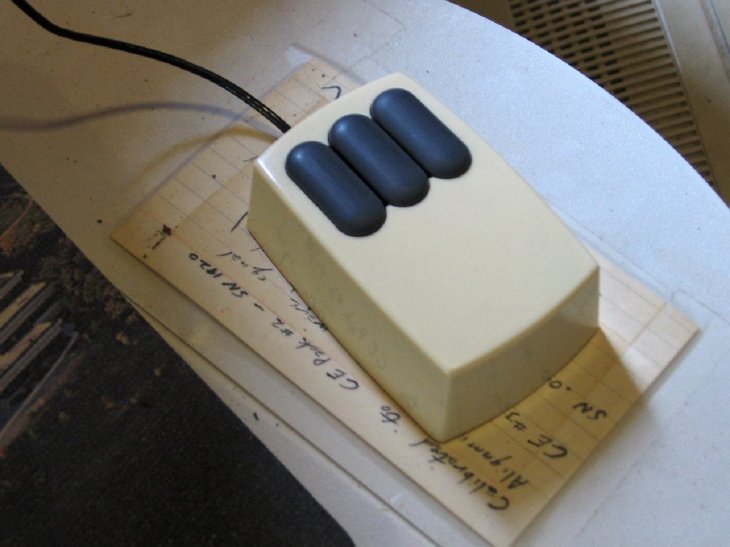
How do mouse work: Ball mouse
The ball mouse is the traditional computer mouse, which has a rubber ball inside, held in place by a spring. The interior of the ball mouse includes the following parts:
- A switch detecting clicks on the left mouse button
- A switch detecting clicks on the right mouse button
- A switch detecting clicks on the middle button
- Connection to the computer’s PS/2 socket
- A chip turning the mouse’s analog movements into digital signals that can be understood by the computer
- Y-axis wheel turning when the mouse is moved up and down
- X-axis wheel turning when the mouse is moved left and right
- A rubber wheel
- A spring pressing the rubber ball against the X- and Y-axis wheels for proper movement registration
- An electrolytic capacitor
- Resistors
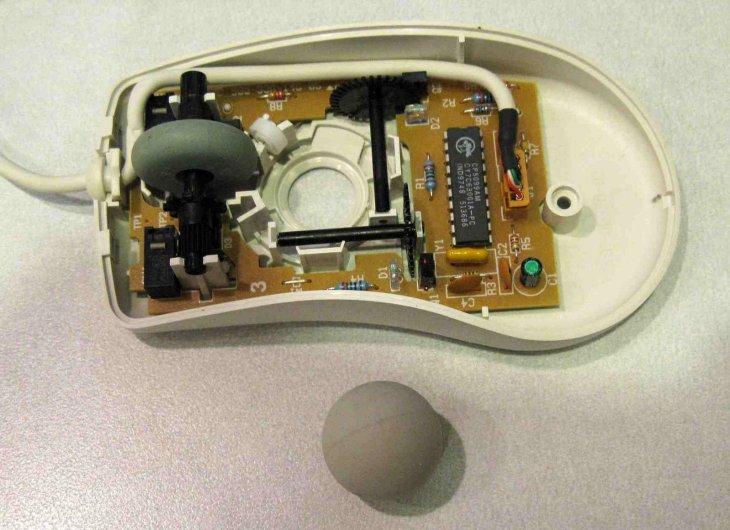
When you move the mouse on the desk, the ball rolls and pushes against the plastic rollers linked to the X- and Y-axis wheels that detect up-and-down and side-to-side movements.
When moving, the ball inside the mouse moves either or both these wheels. The wheels are made up of plastic spokes and when they turn, the spokes break a light beam, repeatedly. The more they turn, the more times the light beam is broken. The microchip in the mouse counts the times the light beam’s broken, the mouse can measure accurately how far you have pushed the mouse. It then sends the information to your computer through the cable. Lastly, the computer software moves the cursor by the corresponding amount on the screen.
How a optical mouse works
Unlike a ball mouse, an optical mouse is almost completely electronic with no moving parts. It includes the following components:
- An LED at the back generating red light, shining it horizontally from the back to the front of the mouse
- A plastic light guide channeling the light from the LED down onto the surface at an angle
- A light-detector chip measuring light that’s reflected back from the surface, converting the back-and-forth or said-to-side movement into digital signals, which is sent to the computer
- A scroll wheel mounted on a switch mechanism at the front to detect if you have pressed it and how much it’s rotated.
- Two microswitches detecting when you press the left/right mouse button
- A USB cable connection transmitting information from the mouse to the computer
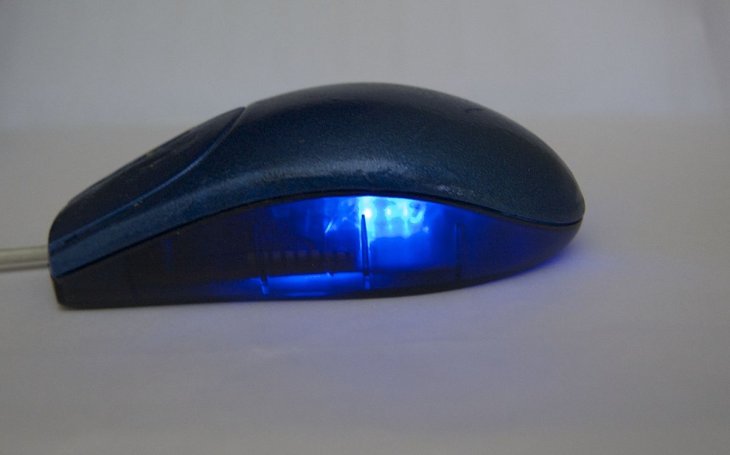
An optical mouse shines a light from the back LED down onto the surface. The light then bounces back up into a photocell that’s mounted near the LED, under the mouse. There is a lens in front of the photocell that magnifies the reflected light to help the mouse respond accurately to the hand movement. When the mouse is pushed around, its pattern of this light changes, from which the chip can figure out how you are moving your hand.
How a laser mouse works
If you are wondering how mouse works for this type, it’s essentially a type of optical mice and works the same way as an optical mouse. The difference in how a laser mouse works is that it uses a laser instead of an LED light as an illumination source.
How wireless mouse works
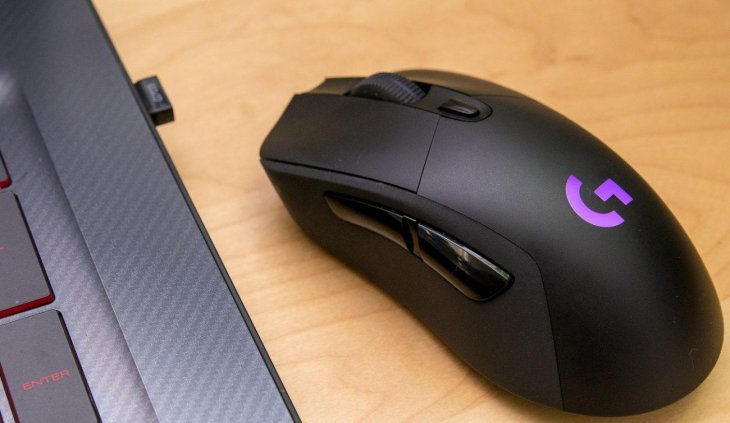
The wireless mouse works similarly to the optical mouse, but it sends data to the computer via Bluetooth instead of the USB connection. However, while the USB cable also provides power for the mouse, the wireless mouse doesn’t have this, so it needs batteries to work. This makes wireless mice heavier than their wired counterparts.
We hope that this post has answered your questions about how mouse works. The post has covered all types of computer mice, including the traditional ball mouse, optical mouse, laser mouse, and wireless mouse. For the latest news in the tech world and useful information, visit our website MobyGeek.
Featured Stories

Gadgets - Jul 21, 2025
COLORFUL Launches iGame Shadow II DDR5 Memory for AMD Ryzen 9000 Series
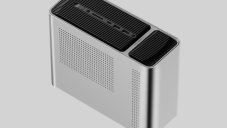
Gadgets - Jun 23, 2025
COLORFUL SMART 900 AI Mini PC: Compact Power for Content Creation

Review - Jun 18, 2025
Nintendo Switch 2 Review: A Triumphant Evolution Worth the Wait

Gadgets - Jun 18, 2025
Starlink: Why It’s a Big Deal for U.S. Internet in 2025

Gadgets - Jun 17, 2025
How Custom PC Setups Support India's Esports Athletes in Global Competition

Gadgets - Jun 12, 2025
Lava Prowatch Xtreme Launches with Google Fit Integration

Gadgets - Jun 07, 2025
Fujifilm Instax Mini 41 Launches in India: Stylish Instant Camera Now Available...

Mobile - Jun 07, 2025
Realme C73 5G Launches in India: Budget 5G Phone Starts at ₹10,499

Gadgets - Jun 07, 2025
OnePlus 13s Makes Indian Debut: Compact Flagship Brings Premium Features at...
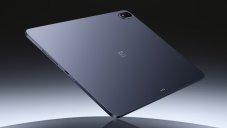
Gadgets - Jun 07, 2025
Comments
Sort by Newest | Popular